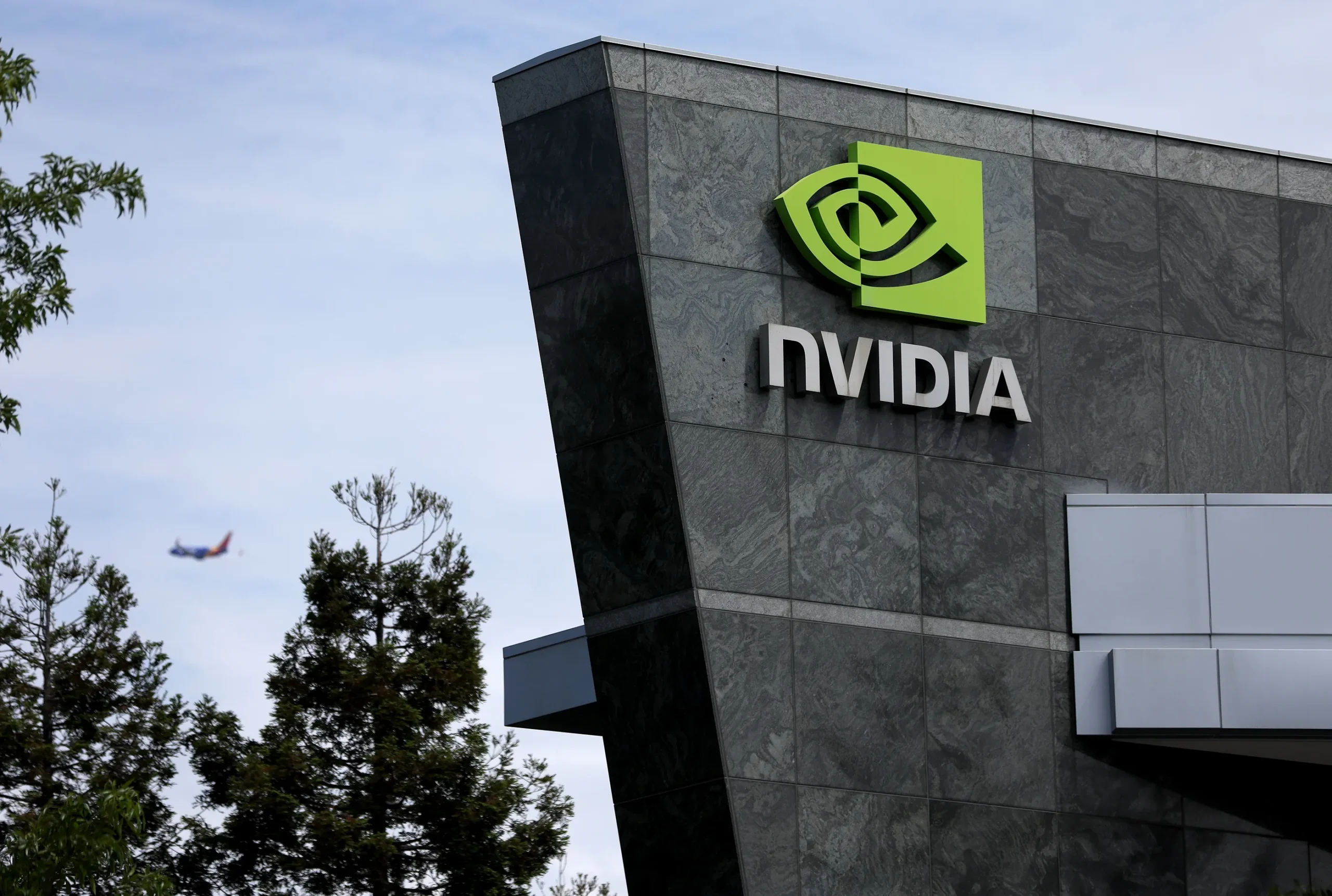Financial markets displayed caution Thursday as tech giant Nvidia’s revenue forecast and escalating tensions in the Russia-Ukraine conflict weighed on investor sentiment. Stock futures indicated a lower opening, while safe-haven assets attracted increased attention.
The previous trading session saw minimal movement, with the S&P 500 achieving a slight gain while the Nasdaq experienced a marginal decline of 0.11%. Market participants had been eagerly awaiting Nvidia’s quarterly results while processing hawkish commentary regarding interest rates, which diminished expectations for a Federal Reserve rate reduction in December.
Richmond Federal Reserve President Tom Barkin expressed concerns about economic vulnerabilities in an interview with the Financial Times, suggesting that the United States faces greater susceptibility to inflation-related pressures, including wage increases, compared to previous years. Current market predictions, according to CME Group’s FedWatch, indicate a 59% probability of a December rate adjustment, with only two additional cuts anticipated in the latter half of the upcoming year.
Geopolitical tensions intensified following reports that Russia deployed an intercontinental ballistic missile in Ukraine for the first time since the conflict began two years ago. This development prompted investors to seek safer assets, leading to decreased Treasury yields, with the 10-year benchmark dropping 3 basis points to 4.388% and 2-year rates declining to 4.293%. The dollar index showed minimal movement, edging up 0.02% to 106.701.
Despite reporting impressive third-quarter results, including a 94% year-over-year revenue increase and net income of $19.3 billion, Nvidia’s stock faced pressure due to projections indicating the slowest quarterly revenue growth in nearly two years. Gene Munster of Deepwater Asset Management emphasized the importance of long-term demand outlook, particularly for 2026, noting strong interest in the company’s Blackwell technology.
In broader market movements, the S&P 500 futures suggested a 17-point decline at opening, while Nasdaq futures indicated a 76-point decrease. The Dow Jones Industrial Average futures pointed to a 65-point drop.
Notable market movements included Snowflake’s significant premarket surge of over 21% to $156.60, following enhanced full-year profit guidance and a new artificial intelligence partnership with Anthropic. Conversely, Palo Alto Networks experienced a 4.7% decline after providing conservative quarterly guidance and announcing a stock split.
European markets reflected the cautious sentiment, with the Stoxx 600 declining 0.4% in Frankfurt’s midday trading. London’s FTSE 100 managed a slight 0.15% increase, supported by strong performance in energy and resource sectors. Asian markets also faced downward pressure, as Japan’s Nikkei 225 fell 0.8% and the MSCI ex-Japan index decreased by 0.56%.
The market’s reaction highlights ongoing concerns about technology sector valuations, geopolitical risks, and monetary policy expectations. With Nvidia representing significant portions of major indices – approximately 7.5% of the S&P 500 and 9% of the Nasdaq – its performance continues to have substantial influence over broader market sentiment. As investors navigate these various challenges, the focus remains on economic indicators, corporate earnings, and global developments that could impact market direction.

